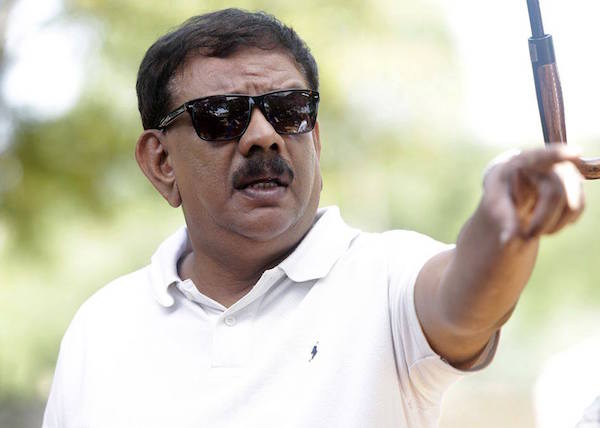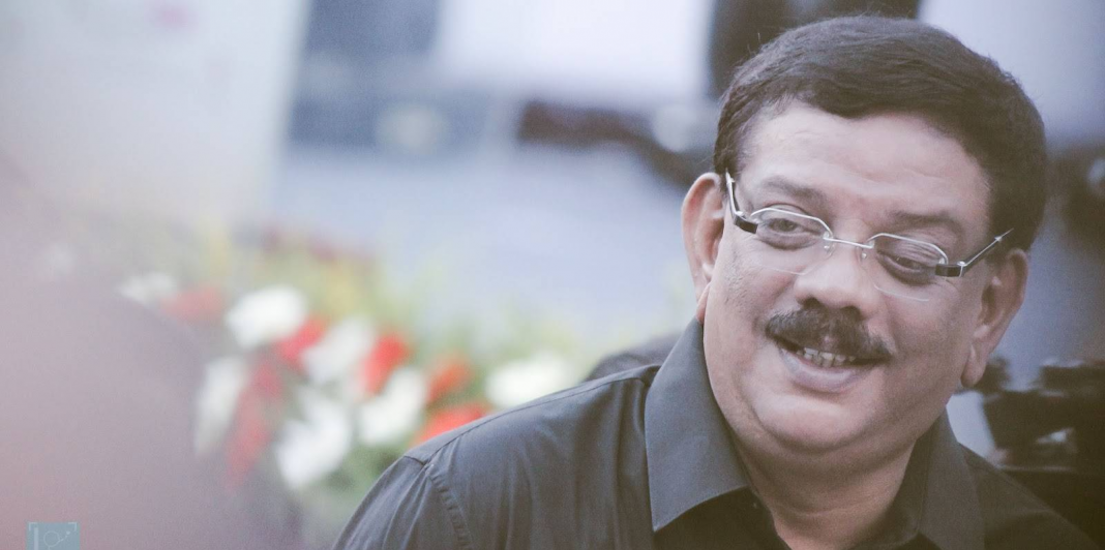Festivals are the best way to teach cinema – Priyadarshan
Ace director Priyadarshan talks about his film Sila Samayangalil and why festivals like MAMI are the best learning platforms.

Priyadarshan
What inspired you to make Sila Samayangalil on Aids?
If you ask me, after around 90 films in 36 years, I have tried all kinds of movies from period films to love stories. There’s always an intention of who you’re making the films for before you start. My commercial films like Hera Pheri for instance are made for the gallery. It’s made for others to enjoy with your imagination & calibration and then there are some films like Kaala Pani & Kanjiwaram or this one which are made for yourself.
There’s so many incidences in life that you want to talk about, for instance two of my light boys were not going home for a long time and were sleeping in my car shed. Later I found out that they have been kicked out of their house because they have AIDS. I have seen a lot of such cases in Kerala. Not only in Kerala but Tamil Nadu or all over India, there is a fear of this disease. There are people who are not even ready to treat them. It’s similar to how leprosy was treated in India. So, this is one of those films about a cause, which I wanted to make for my own satisfaction.
This film has been in the making since 2011, what took you so long?
Actually, I wanted a metro city as the backdrop for the film and I first approached Aamir (Khan) for it. He asked me to give him a script but I got too busy. It was totally my fault. But then, when I was ready with the script he got too busy but I’d decided that I had to make the film then, and that is when Prakash (Raj) came into the picture. I asked my assistant Vijay (the producer), so to write the dialogues in Tamil because I can’t write (Tamil). It is then that he asked me to let him produce the film and that’s how the film happened.
How did you cast Prakash Raj & the rest of the cast?
The entire film from how people would look like to the humor in the film, everything was in mind. Humor is very important because the moment you say that it’s a film about AIDS, people think that its a dark maybe uninteresting plot so I wanted people to smile and watch the film. That’s the one thing I decided that weather they are embarrassed or have a difference of opinion or small irritations, I think the best thing to happen to the script was the element of humor that doesn’t make it monotonous.
Your film is selected for the 74th Golden Globe Awards, how does that….
(Interrupts) No, actually that was the best thing. I was really surprised how they related to the film, there were 6 Academy Members, 4 BAFTA members, 26 Golden Globe Jury. Something that I really liked was that after the projection, because it is a foreign film, they would sit and ask their doubts about the culture, the way things are shown in a particular way and so on. But everybody related to the problem and agreed that it is not just local to the third world but is around everyone; it is a global problem and anyone who in any which way gets this disease is looked down upon.
So do you think MAMI is an extension of that understanding for cinema and a learning platform for films and filmmakers?
I was the director of the Kerala Film Festival for the last three years, before I resigned recently. I have always found this (festivals) to be the best way to teach cinema. We can’t teach that in classrooms. Those who have a flare for cinema should explore a festival like MAMI, that’s the best way of learning cinema. And he growth of this festival has been amazing. I attended it five years ago when it was a very small festival and look at it now, thanks to all the people behind it.
The music in the film is by Ilaiyaraaja.
The film doesn’t have much of music. After I finished filming, I told him (Ilaiyaraaja) that I want a little western music but I don’t want it to look like a foreign film, so it should be with Indian influences. There is barely five minutes of music in the film. I just needed a certain underlining, small support that is just enough. He understood the spirit of the film.
Your films have looked unanimous in all languages, would you say that cinematography in regional cinema is changing?
If you specially see Malayalam films, there’s some of the best cinematography that is happening. But the problem is that after their first film most of them would just come to Bollywood. For instance, Rohit Shetty’s new cinematographer Jagmohan who is an unbelievably brilliant cinematographer or Santosh or P C Sreeram. And here in Bollywood it’s only gloss. Back home, in South, we don’t believe in that kind of cinematography. We believe in good composition and good light. It’s strange that 99% of Bollywood films do no have any source lighting. You don’t know where the lighting is coming (starts laughing) In one shot it will come from here and in the second from there (laughs) The good cinematographer get so spoiled after coming here.
Why do they work so much in Hindi Cinema compared to doing work back home?
So I asked this to Santosh (Sivan). He said, “I learned cinematography in Kerala with limited resources and facilities, but here I have everything I want in terms of resources and technology that helps me to do a better job.” So maybe that’s why.
What are you doing next?
This is more like a festival film i think, which has a different set of audience, not very commercial but I will keep doing it once in a while but I like my commercial films so I will be doing that.
You mean the Akshay Kumar movie?
Yes. that’s the plan at the moment.



